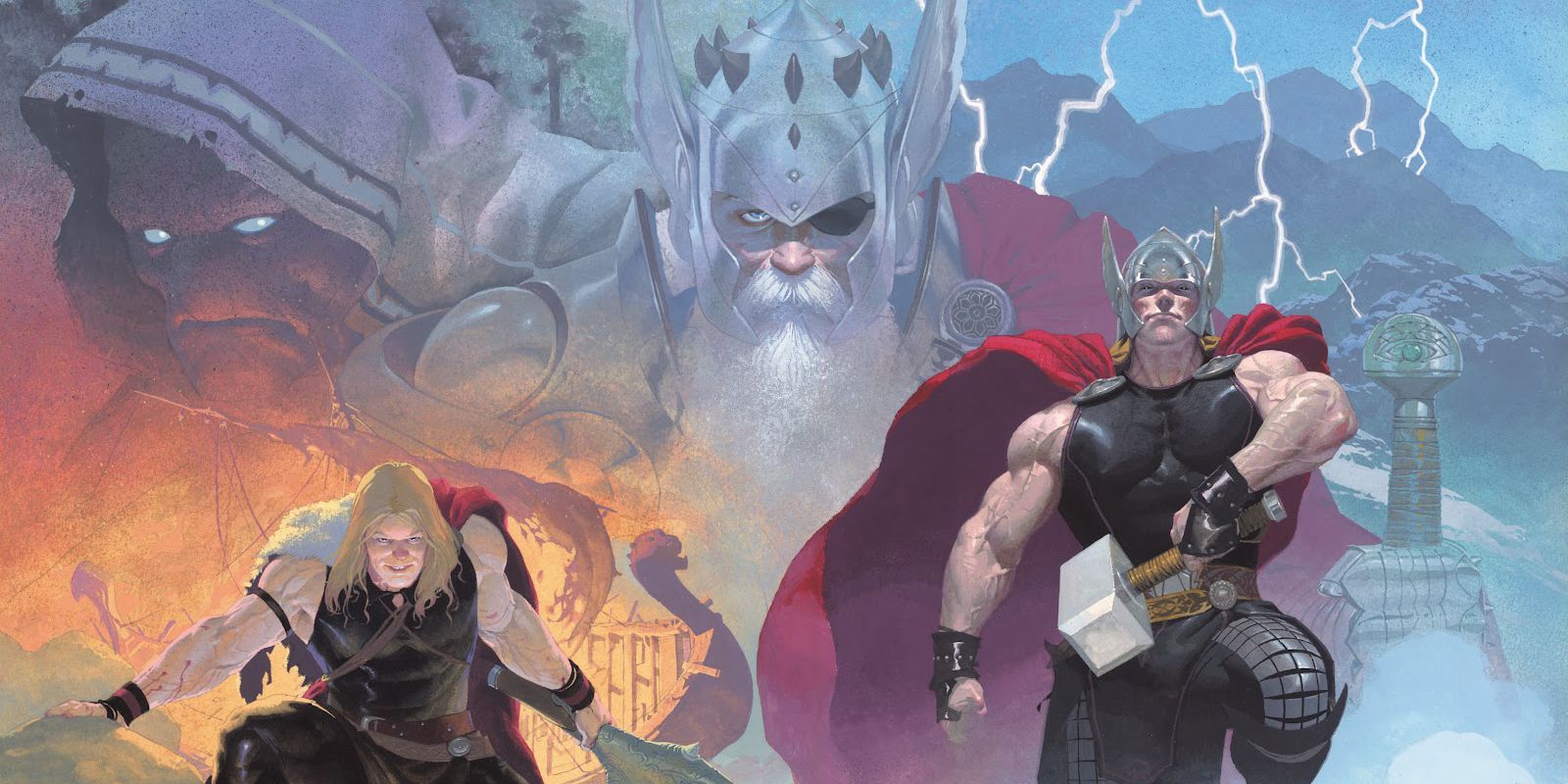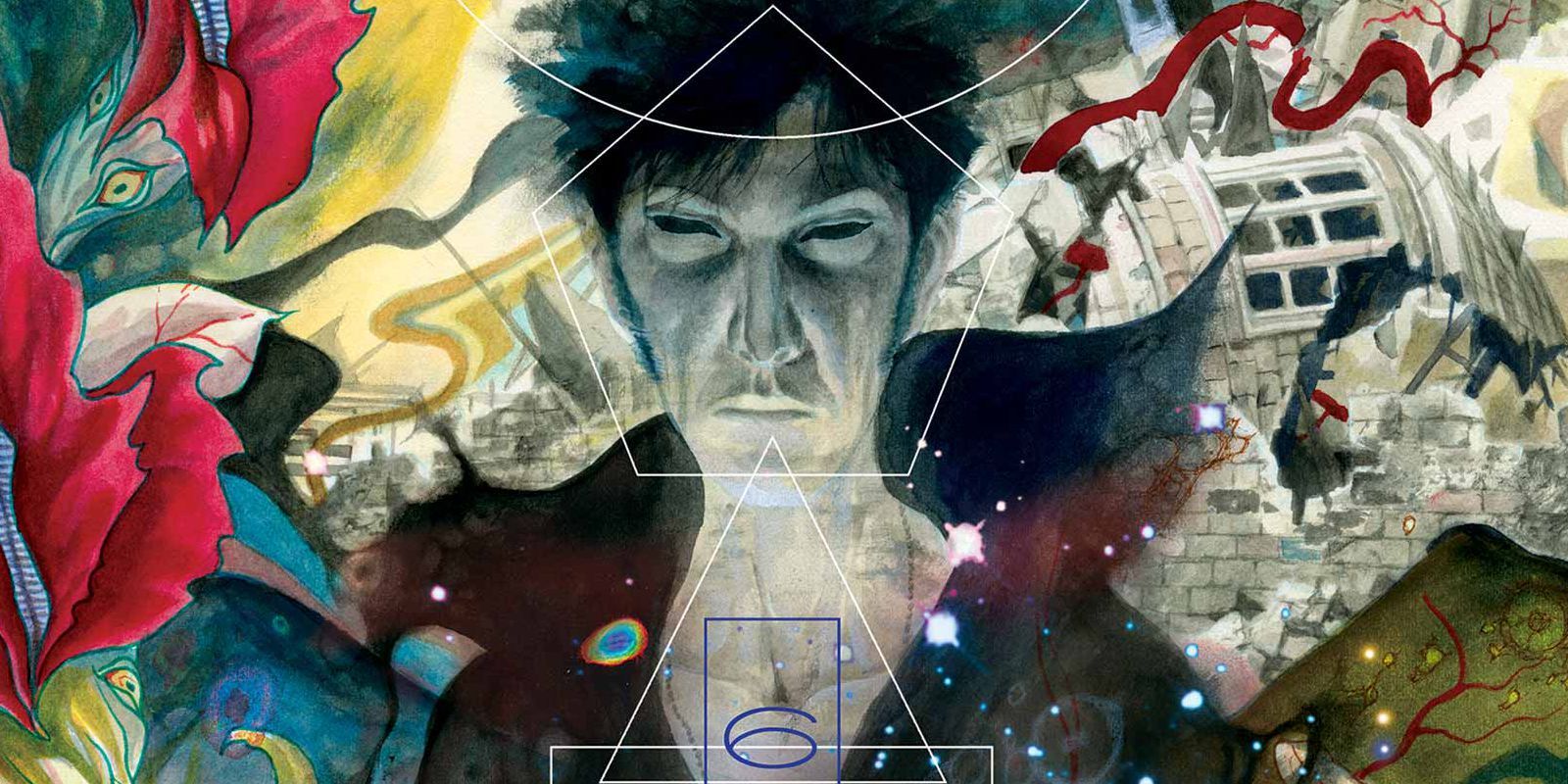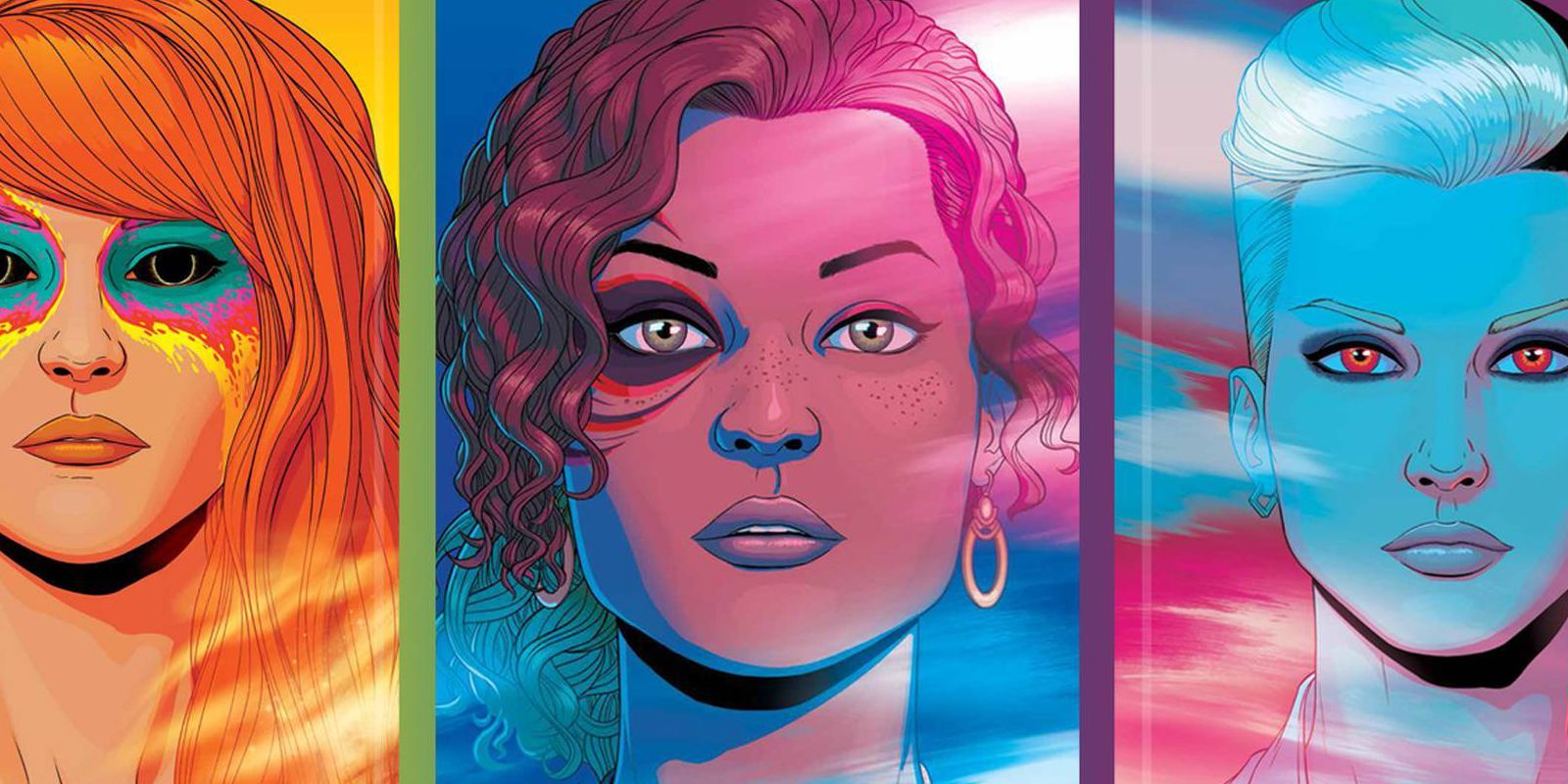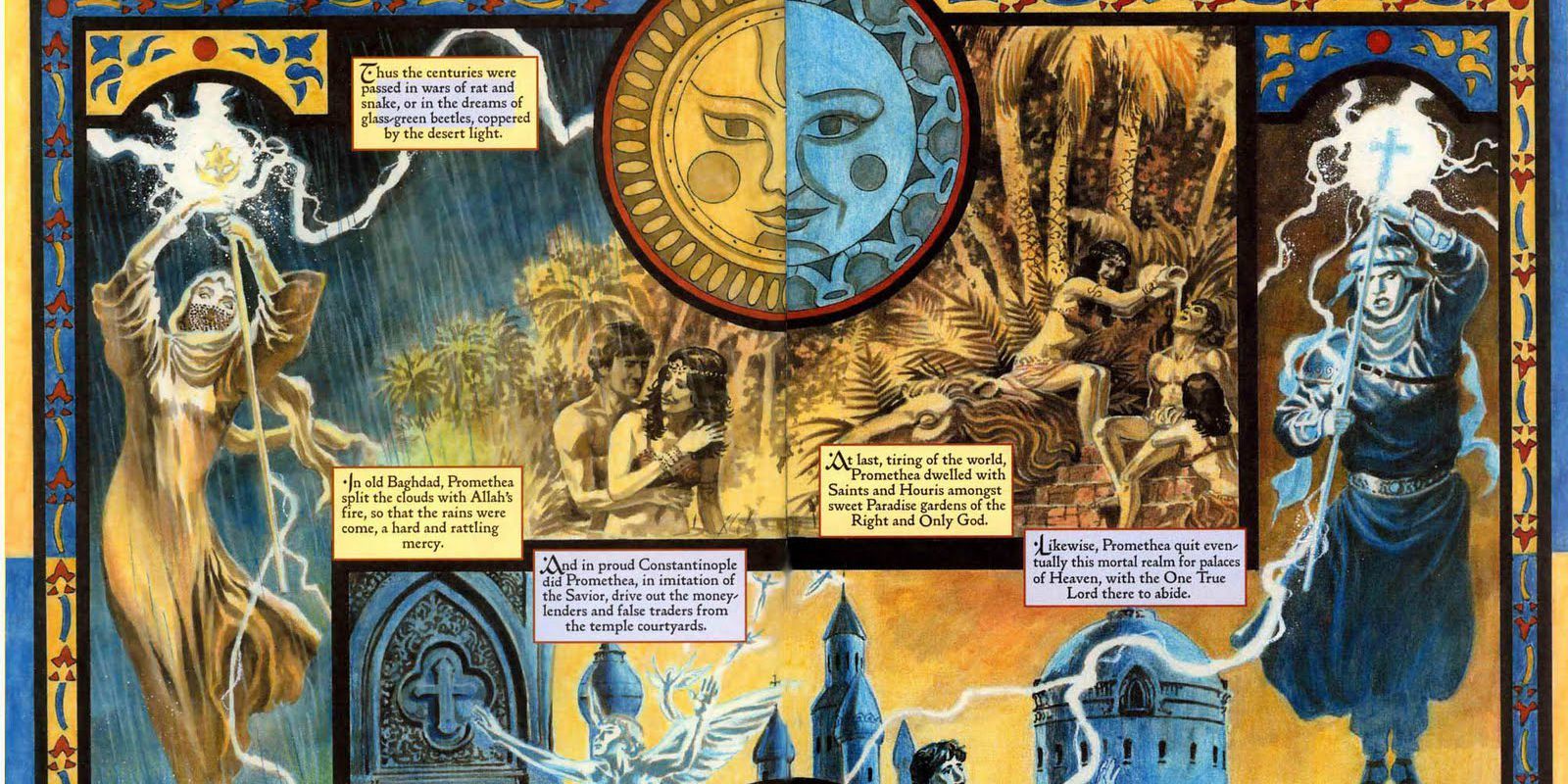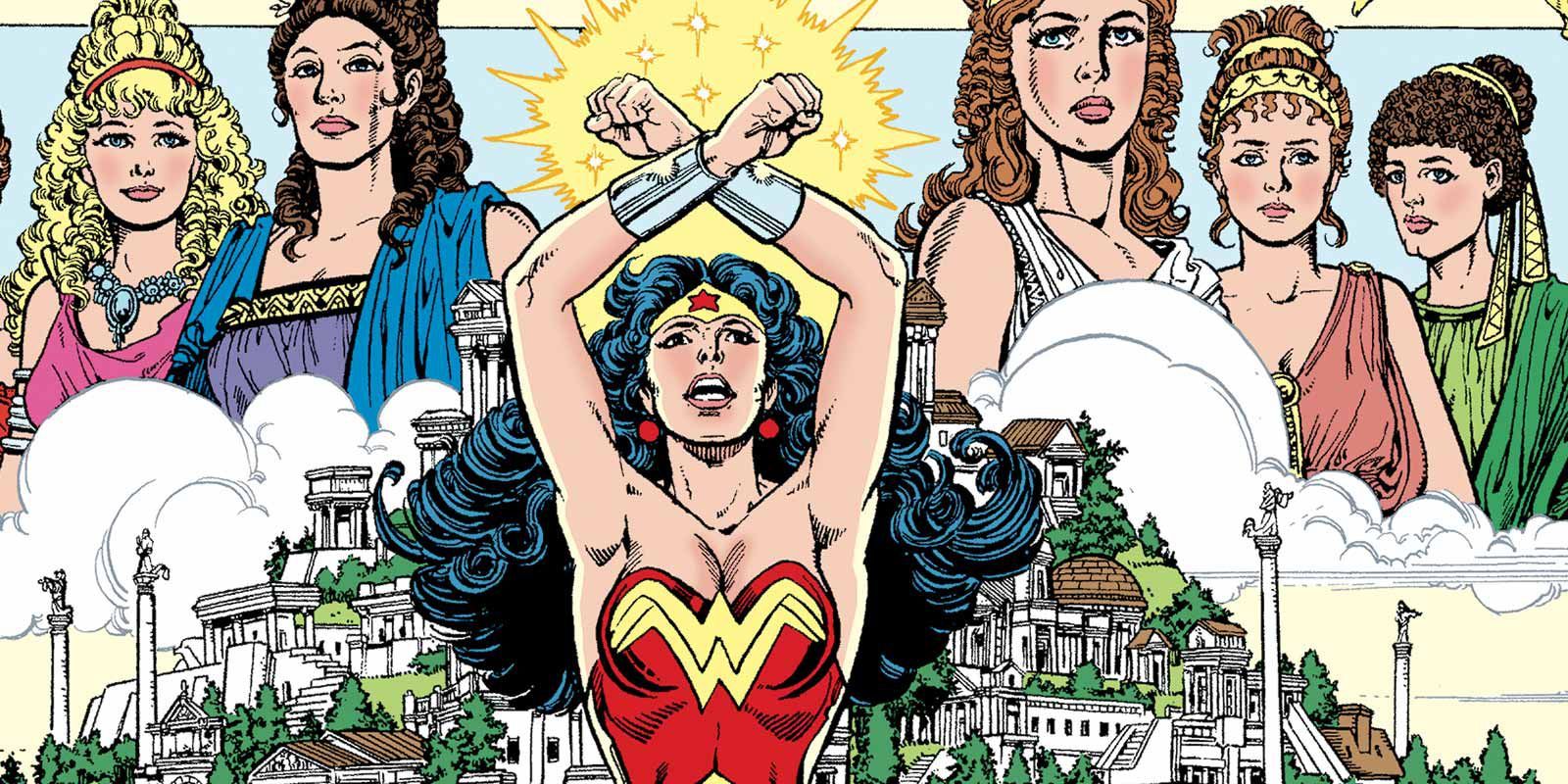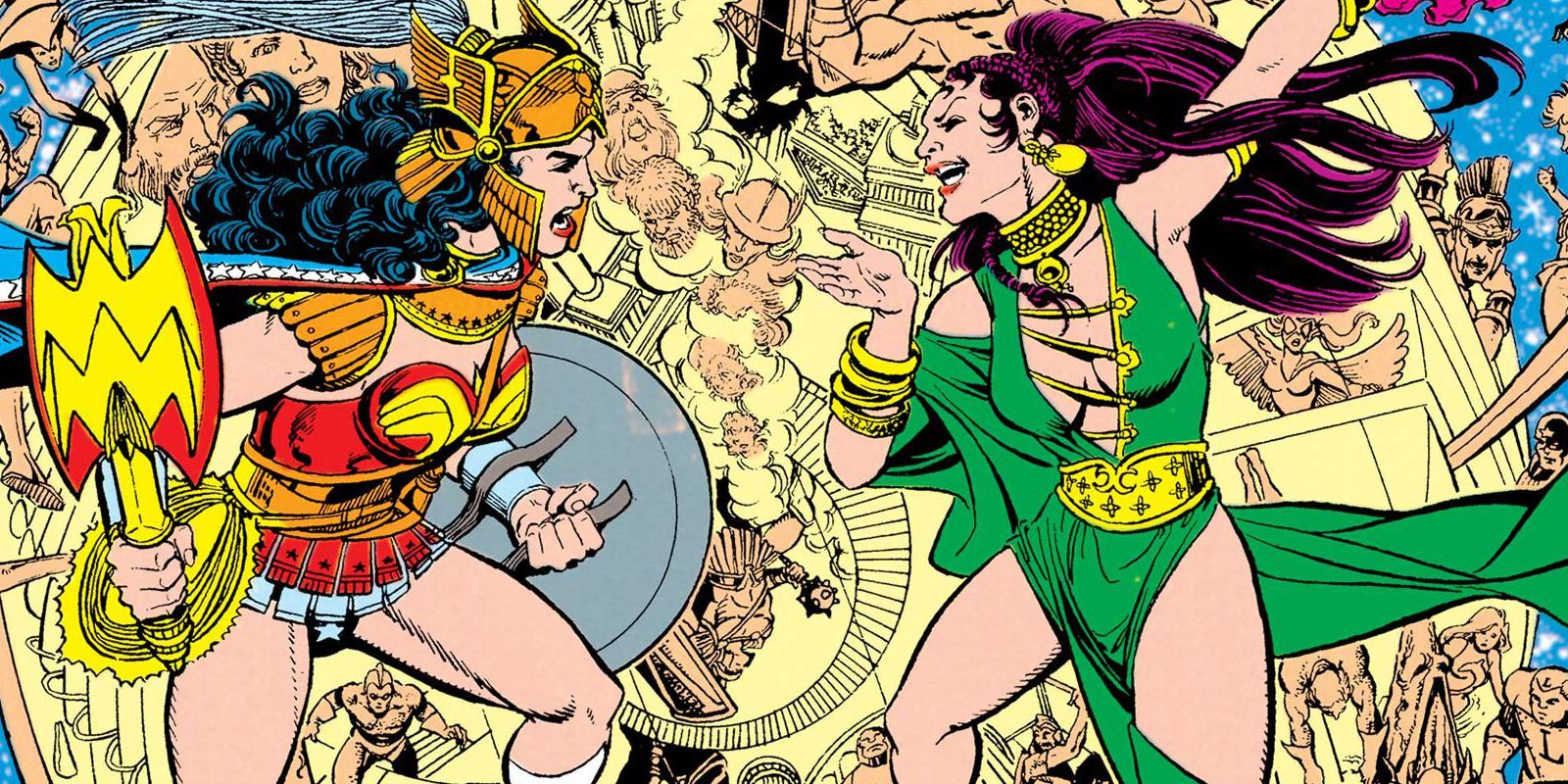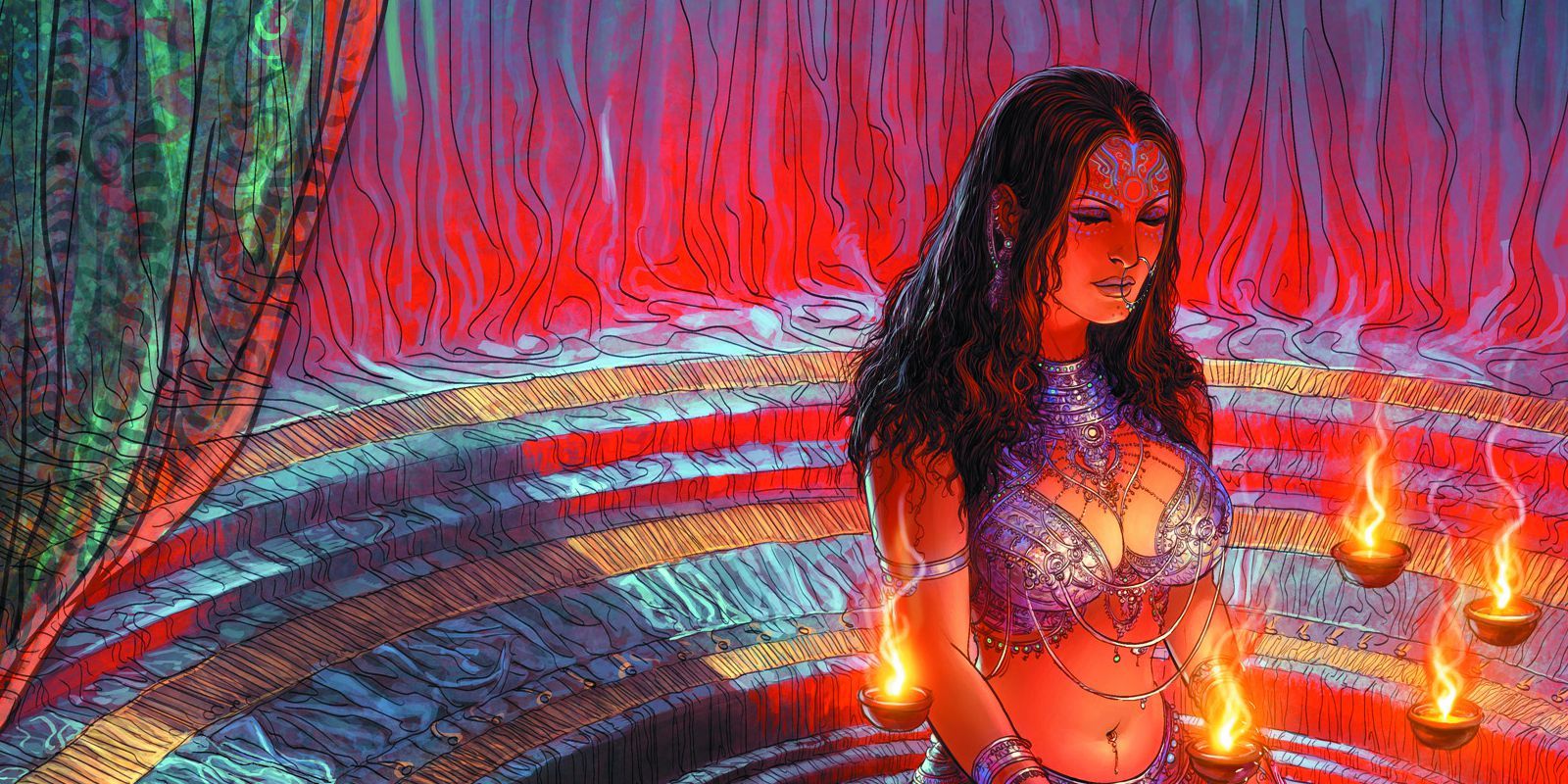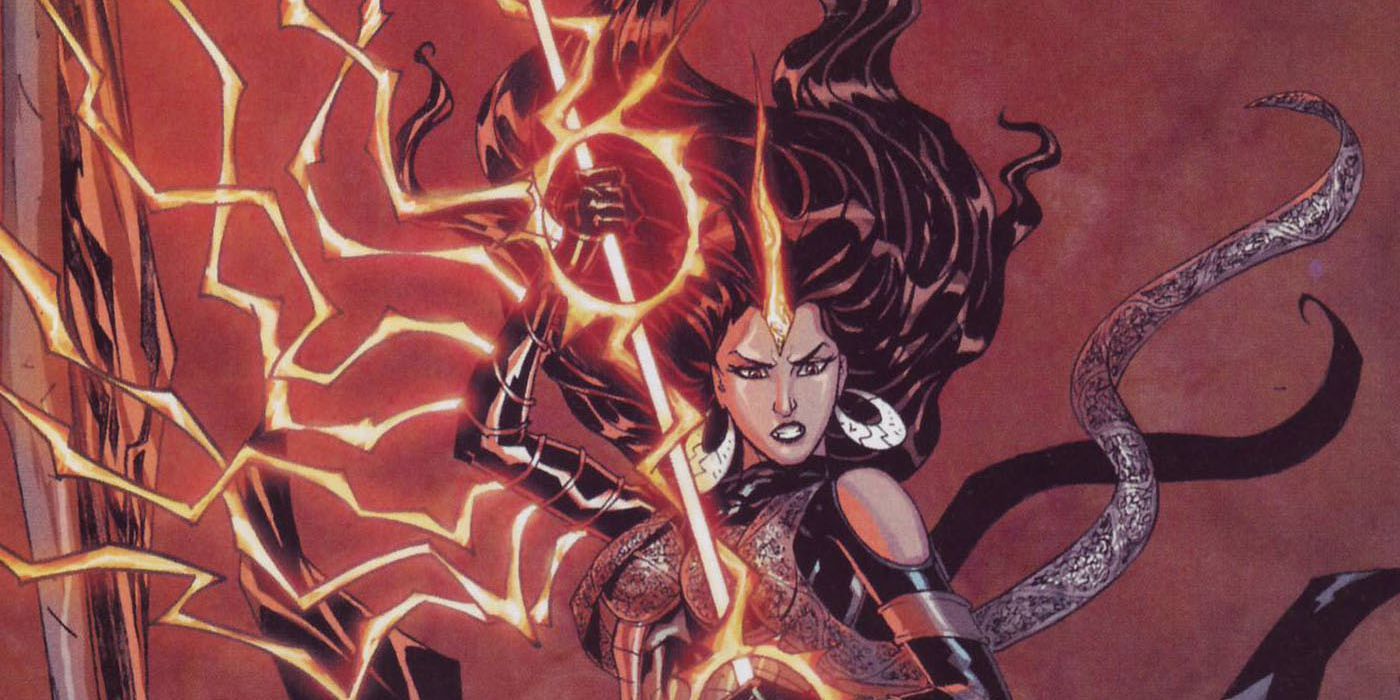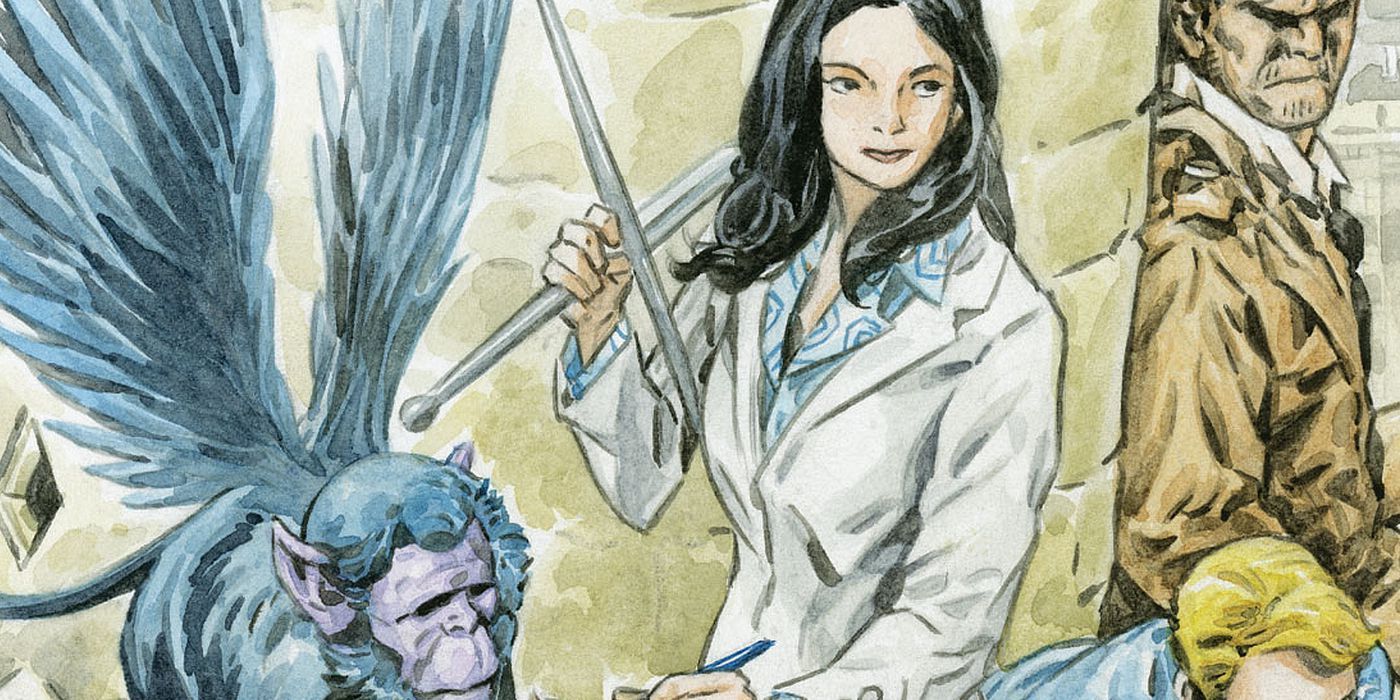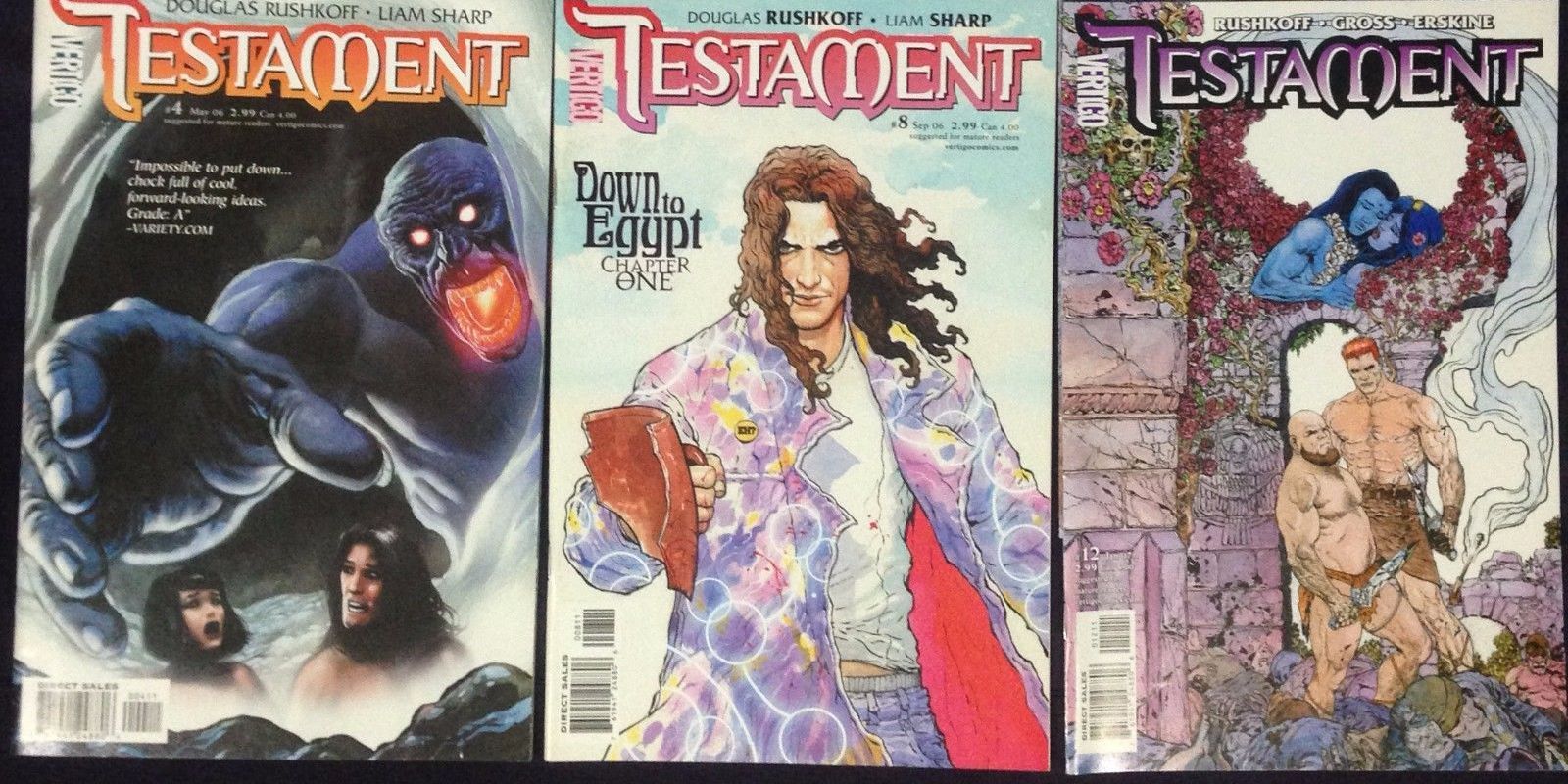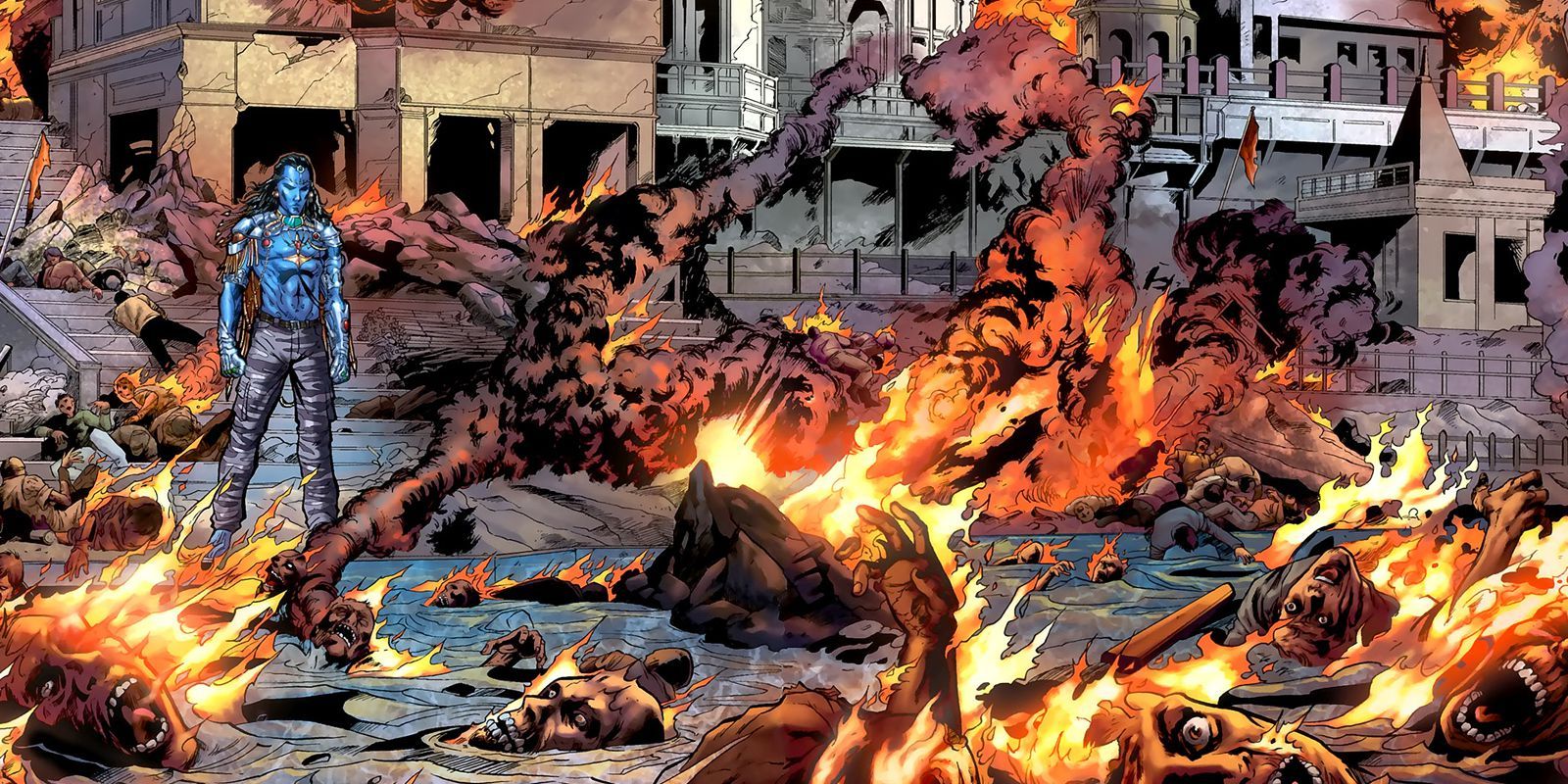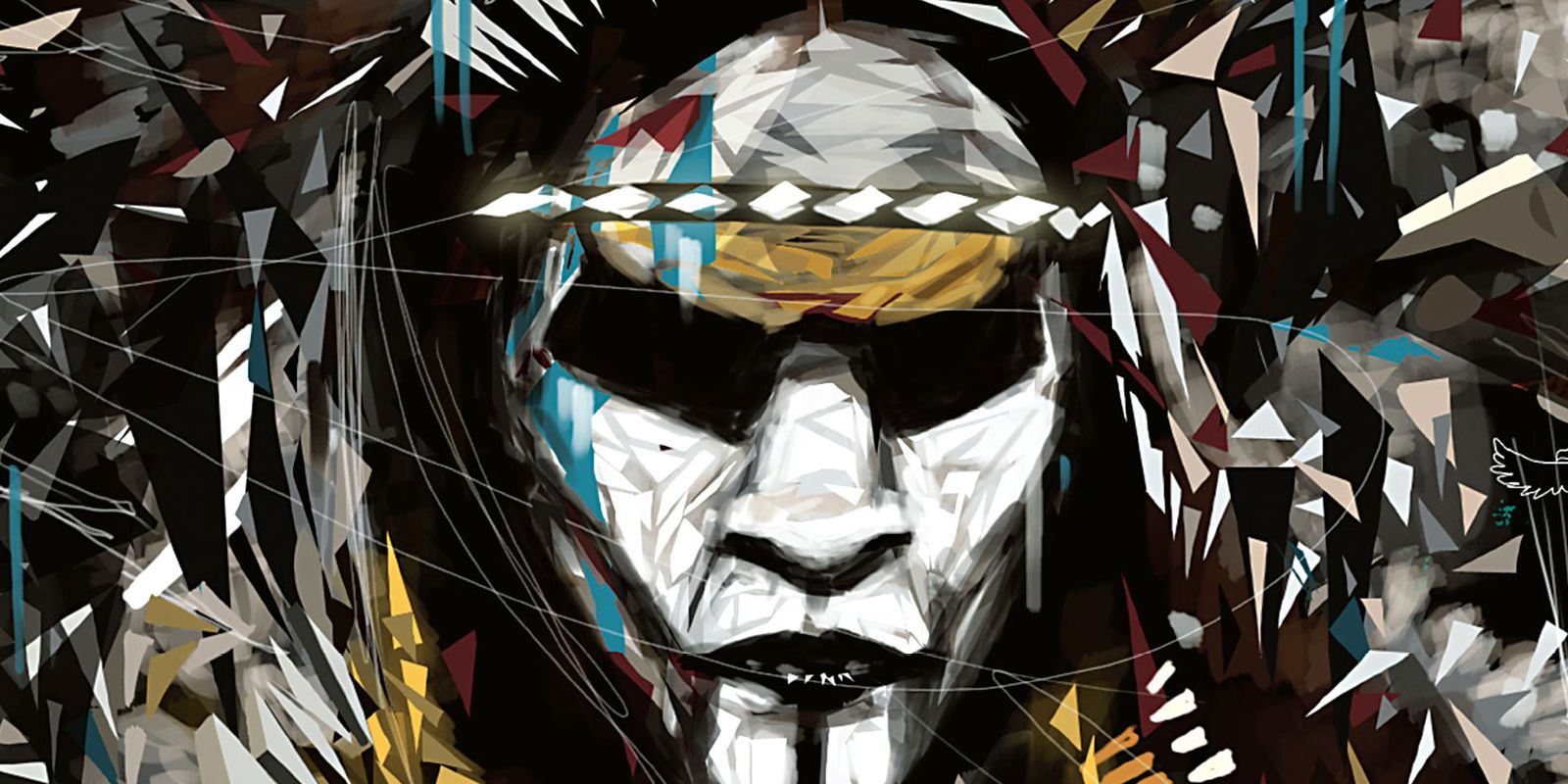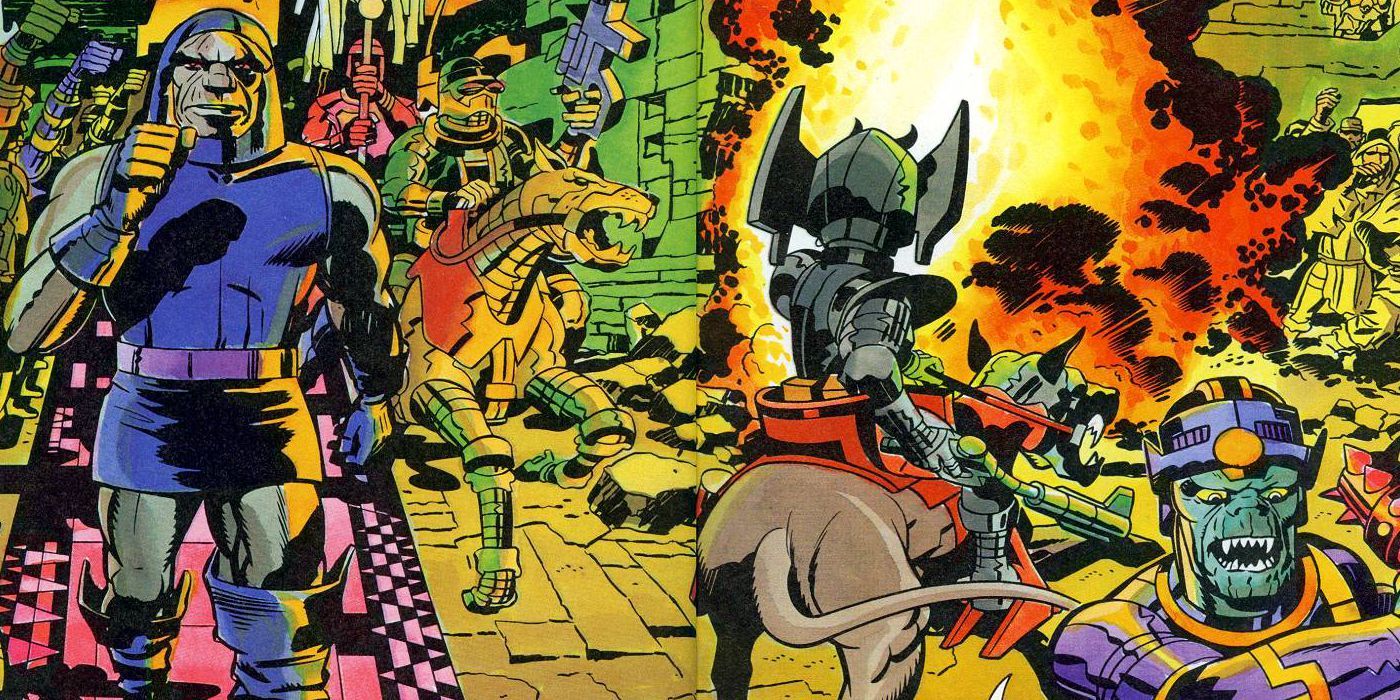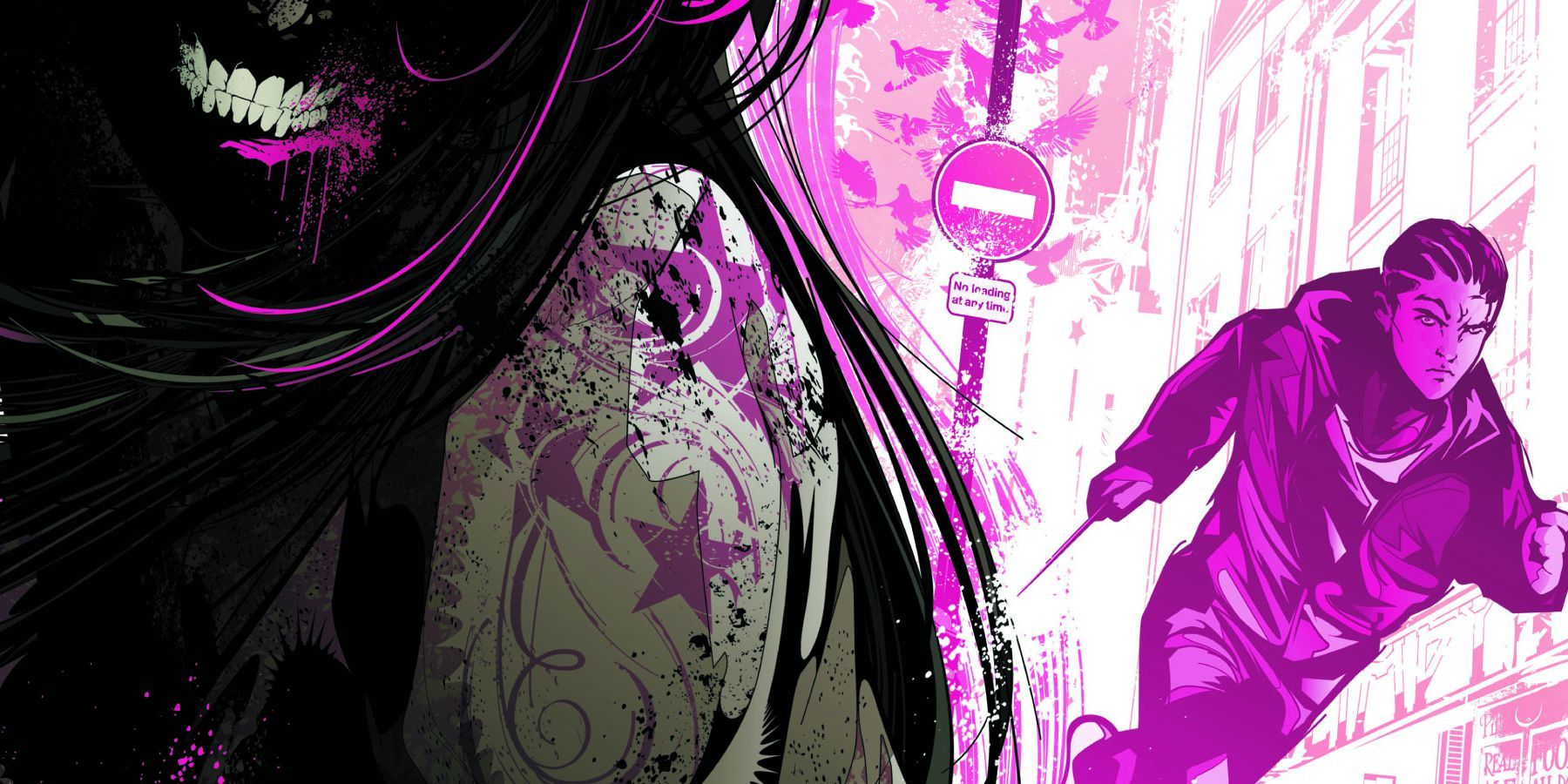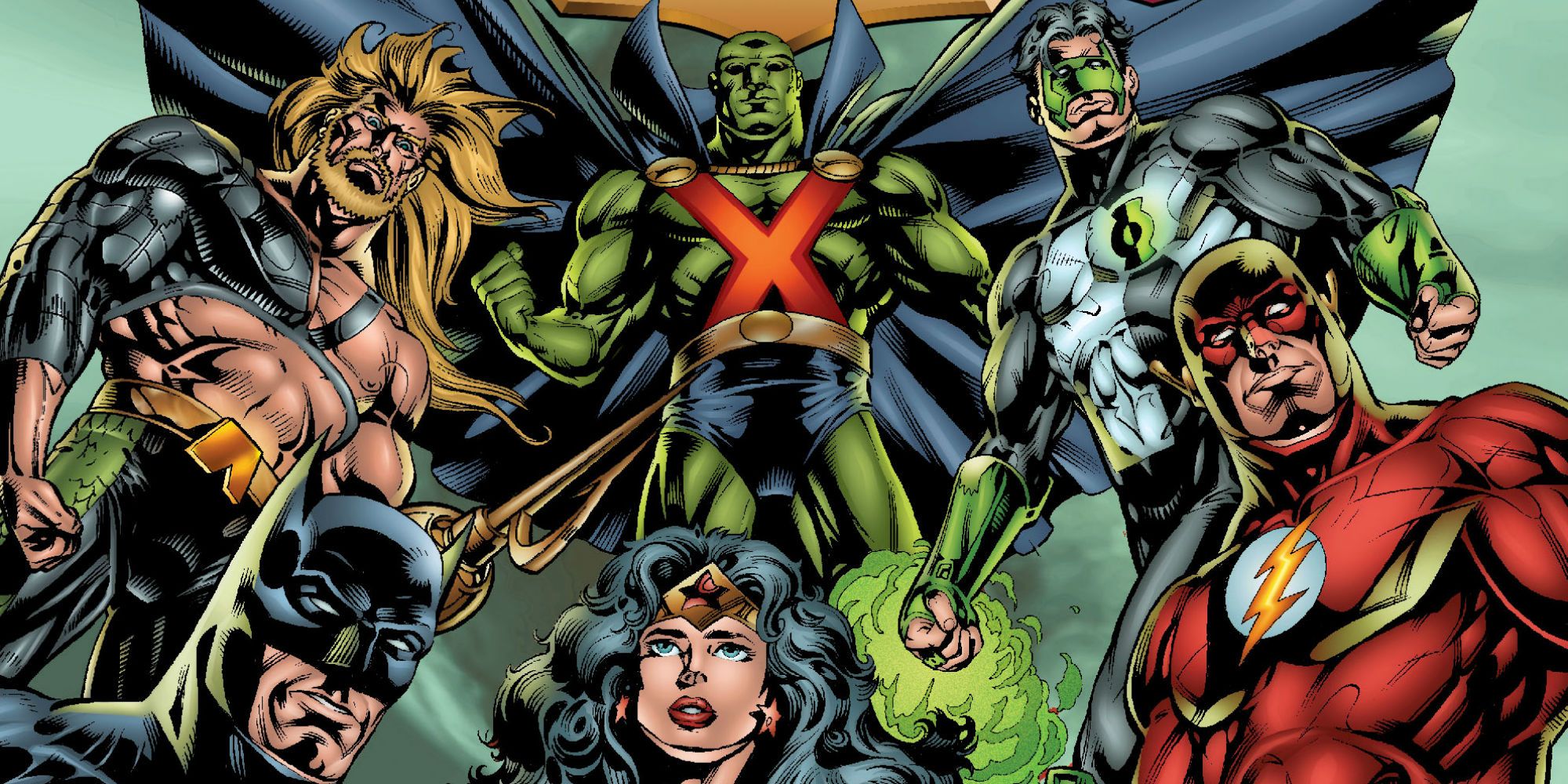Myth and folklore have existed in comics for as long as the medium has been around. Characters like Wonder Woman and Shazam are inspired by Greek mythology while Norse mythology has given us many epic adventures of Thor and Loki. Some even consider superheroes in general to be gods due to the way they've become so iconic in popular culture. Then, there are works like "The Sandman," which create entirely new gods and end up changing the way we see stories in comics.
RELATED: God Mode: 15 Comic Book Characters Who Had a Taste of Omnipotence
Many tales of gods have been used to entertain or teach a lesson, and gods in comics are no exception to this. Through gods, creators weave grand tales of mystical beings who affect humanity in good and bad ways. Check out these 15 comics that feature gods.
15 THE SANDMAN
Created by Neil Gaiman, "The Sandman" is a graphic novel series that was published from 1989 to 1996. The books tell an intricate story of god-like beings called The Endless, particularly the one known as Dream. The other Endless include Death, Destiny, Desire, Despair, Delirium and Destruction, and are Dream's siblings. Dream is captured and held prisoner for 70 years. After escaping and avenging himself, Dream sets out to rebuild his kingdom that has fallen into ruin in his absence.
As one of Vertigo Comics flagship titles, "The Sandman" is considered to be one of the best graphic novel series of all time. It was one of the first graphic novels to appear on the New York Times Bestseller list. The 75-issue series has gone on to influence comics such as "Y: The Last Man" and "Transmetropolitan" through its storytelling structure. It has also been one of the most difficult comic book series to adapt as a film or movie, its complexity proving to be a speciality of the sequential art medium.
14 THE WICKED + THE DIVINE
Some consider musicians to be godly, but in Kieron Gillen and Jamie McKelvie's "The Wicked and The Divine," they actually are. Every 90 years, a dozen gods are reincarnated as pop stars. In two years, they die. When a teenaged fangirl named Laura enters the world of The Pantheon of gods after attending one of their concerts, she is thrust into a conspiracy about fame, life and death. The 12 gods are being killed off before their time and Laura and the intrepid reporter Minerva must try to get to the bottom of it without getting caught in the crossfire.
With gods that remind you of real-life musicians like David Bowie and Kanye West, as well as the inevitable death of the characters that will occur, this series will keep you guessing and wanting more. When topped with Kieron Gillen and Jamie McKelvie's gorgeous artwork and a diverse cast, you have a series that just might stand the test of time.
13 PROMETHEA
Published by America's Best Comics and Wildstorm, this series was created by Alan Moore, J.H. Williams III and Mick Gray. Set in a futuristic version of New York City, the comic stars a young college student named Sophie Bangs. While working on a paper on the goddess Promethea, she is attacked by a creature and is rescued by a woman named Barbara, the current vessel of the goddess. When Barbara is fatally injured, Barbara tells Sophie to write a poem about Promethea in order to get Sophie in the right frame of mind to become the next vessel. Through the power of creative expression, Sophie becomes Promethea. As Promethea, she is destined to eventually bring the end of the world.
Like "The Sandman", this comic was published in a span of several years, from 1999 to 2005. It featured not only myth and magic, but also a heavy dose of philosophy, courtesy of writer Alan Moore. Although the book has been criticized for its philosophical reference, it has been praised for its amazing artwork and storytelling format.
12 WONDER WOMAN: GODS AND MORTALS
Despite many changes to her origins, the heart of Wonder Woman as a character is rooted in Greek mythology. This particular comic by George Pérez is one of a few Wonder Woman comics that has a heavy influence of Greek mythology. In it, Wonder Woman's origins are rewritten so that she is born out of clay and blessed with the gifts of the gods as an ageless Amazon. Wonder Woman is ultimately chosen to be the champion of the Amazons in order to fight the threat that is the War god Ares.
As part of a relaunched line of DC Comics, "Gods and Mortals" introduced a new generation of readers to Wonder Woman. The comic is now considered one of the most quintessential Wonder Woman comics and one of the best works by George Pérez. The comic would be collected into a trade comic and within a special George Pérez ominbus edition. It was also adapted into the 2009 animated film, "Wonder Woman."
11 WAR OF THE GODS
Like the Wonder Woman comic "Gods and Mortals," this was written by George Pérez. However, one of the key differences between that comic and this one is that "War Of The Gods" is a crossover event that involved other superheroes such as Black Adam, Captain Marvel and the Suicide Squad. While "Gods and Mortals'" big bad was Ares, this comic had Wonder Woman and company fighting the sorceress Circe. The plot was simple enough (though the follow-through was less-so): Circe caused all the gods in the world to start fighting each other, putting the earth in danger.
"War of the Gods" was originally intended to celebrate Wonder Woman's 50th anniversary. It was the final Wonder Woman comic to be worked on by George Pérez, who had a disagreement about how DC wanted him to write the comic and the lack of promotion for it. In issue #62, there featured a heartfelt letter to the character by George Pérez himself. George Pérez would be succeeded by writer William Messner-Loebs.
10 18 DAYS
Inspired by the epic of ancient India known as The Mahabharata, this comic was written by Grant Morrison and published by Liquid Comics and Dynamite Entertainment. The comic reimagines The Mahabharata for modern times by telling the story of three generations of super-warriors meeting for a final battle that will end the age of the gods and begin the age of men. Combining myth, magic and technology, this book's characters blur the lines between good and evil in order to win and achieve their goals.
Featuring striking artwork by Mukesh Singh, "18 Days" has been considered a mashup of "Star Wars" and "Lord of The Rings." Originally published in 2010, the comic has been made into an animated series with assistance from Grant Morrison and the company Graphic India. Available to watch on YouTube, the series has accumulated more than 50,000 views and is available to watch in English, Tami and Hindi.
9 DEVI
Speaking of Liquid Comics, "Devi" is another popular comic series the company has published. The comic was created by Shekhar Kapur, a renowned filmmaker known for works such as "Elizabeth" and "Bandit Queen." "Devi" is loosely inspired by the Hindi mythological figure Durga, a female warrior with multiple arms. In the comic, Devi is a warrior created by the gods to fight the evil god Bala. When Bala rises again centuries later, Devi is reborn in the body of a young woman named Tara Mehta.
The series was originally published in 2006 and is currently ongoing, having been collected in four volumes so far. Like "18 Days," "Devi" has been praised for its stunning artwork and storyline. As one of many titles promoted by Liquid Comics' digital platform, Graphic India, "Devi" is one of many Indian comics that have introduced Indian myth, folklore and culture to the world and made Liquid Comics a company to watch.
8 FABLES
Before the television series "Once Upon A Time," Bill Willingham created a comic series about a bunch of fairytale characters who end up living in a New York community after being forced out of their lands by an enemy known as "The Adversary." They are made up of two communities, one known as "Fabletown" and the other known as "The Farm." While Fabletown is home to classic characters such as Snow White and Pinocchio, The Farm is for monsters and anthropomorphic animals that cannot blend into human society.
Published in 2003 by Vertigo Comics, the series has won a whopping 14 Eisner awards. In addition to having multiple spin-off comics for certain characters, the series has also inspired its own comic convention called "Fables and Beyond." The comic also had an influence on the television shows "Once Upon A Time" and "Grimm," as both were originally pitched to NBC and ABC as television adaptations of the comics.
7 TESTAMENT
This is not your mother's Biblical stories. For one thing, the story takes places in the past as well as the future, featuring not only Biblical characters but modern and futuristic characters, too. Biblical characters include a good and bad version of God, a Semitic goddess of fertility and war, and Abraham's wife and son. All of the human characters are being manipulated by the gods as they fight to dominate each other and humankind.
The series was published by Vertigo Comics from 2006 to 2008. In addition to retelling the stories of the Bible from a modern perspective, the series also provides commentary on fascism, human rights, technology and information economics. The main theme of these comics is that history repeats itself and religion is always evolving based on how we live our lives. The entire series has been collected into four volumes that consist of 22 issues.
6 SUPERGOD
As previously stated, superheroes have been considered gods by some due to their tremendous impact on popular culture. In Warren Ellis' comic, superheroes are worshipped so much that they become weapons in an arms-race. This cold war begins years before the space race, when three astronauts are sent into orbit in order to test the effects of space on the human body. When they return, they have been fused together, becoming a giant three-headed being that would be named "Morrigan Lugus." From there, other countries end up creating their own, equally unsettling and all-powerful superhuman beings that eventually cause a global catastrophe.
As a grim take on superheroes, the comic pulls no punches with its cynicism. Having so-called superhuman saviors turn on humanity is bad enough, but it is how they do it that makes the story horrifying. In order to stop the extremist superhuman Krishna, for example, the superhumans end up destroying humans rather than saving them.
5 MOONSHOT
Most mythologies portrayed in Western media tend to be European based, so having an anthology like Moonshot is refreshing. Comprised of Indigenous characters and stories created by Indigenous comic creators, the anthology draws on traditional Native American tales as well as contemporary and speculative comics that look toward the future. One notable comic, "Echo: Vision Quest" by David Mack, features the deaf Native American superhero Echo. The comic was originally part of a "Daredevil" series and features Echo undergoing a vision quest to come to terms with her past.
Published in 2015 by Alternative History Comics, Moonshot lets the world know that Indigenous people are still here and making great things. Drawing from past legends and creating new ones, Moonshot displays the pride and creativity of a community many assume have died out, paving the way for new tales to be seen and heard. With the success of Moonshot Volume 1, Alternative History Comics funded and published a second collection of comics that was released in 2016.
4 THE NEW GODS
Comic buffs know that the term "Fourth World" is associated with two things. The first is a collection of comics written by the legendary Jack Kirby and published by DC. The second is the actual place in the DC Universe known as Fourth World. The simplest way to describe the Fourth World comics is to say that Kirby created a mythology that was so huge that several series had to be launched at once to comprise it. The mythology revolves around a group of ancient space beings known as "The New Gods," who exist on the planets New Genesis and Apokolips.
"Fourth World" was such a groundbreaking comic series because of its iconic Kirby art, orchestral grandstanding and the depth of its new mythological lore. The comics had several series focused on a single concept, something that can be seen today in Marvel's "Civil War" event and DC's "Flashpoint" event; in many ways, this was the granddaddy of them all. Some of the characters from these comics were revived at DC later, and have remains fan favorites ever since.
3 THOR: THE GOD OF THUNDER
There are many Thor comics out there and it can be difficult to know which comics deal with actual mythology more than superheroics. However, this 2012 Thor book, by Jason Aaron, happens to be one of the recent within the Odinson's library to get back to his mythical roots, and establish some new branches. Volume 1 of this comic series focus on Gorr, The God Butcher, a killing machine who desires to have mortals stop worshiping gods because doing so basically destroyed his people and his family. The comic features Thor existing and fighting against the relentless Butcher in three different timelines: a Thor in the 1800s, a present day Thor and an old Thor of the future.
With an unpredictable plot and visually striking artwork by Esad Ribic, this comic relaunched Thor in Marvel Comics not too long after the character made his debut in the Marvel Cinematic Universe. Whether you are a fan of Thor's superheroics or his Norse roots, this comic might be the perfect entry point into the character as it explores and expands upon both.
2 GREEK STREET
Out of all the different mythologies out there, that of the ancient Greeks might be the most reimagined one. The first volume of "Greek Street," by Peter Milligan and Davide Gianfelice, puts a twist on the classic tale of Oedipus, known as Eddie in the book. Eddie has just been released from jail and Greek Street inhabitants are buzzing, especially The Furey, the crime family that runs the area. Meanwhile, a monster named Medea is causing havoc on the streets. In the midst of it all, the detective Dedalus must solve what is going on around Greek Street and Eddie might just get caught up in some of it.
In this brief series, the affairs of greek gods become part of the modern day landscape known as Greek Street in London. A nitty-gritty take on classic tales, there is a strong noir influence in the series. This can especially be seen with the introduction of the detective. If you're a fan of crime dramas or of any drama, Greek Street's 16-issue run might just be right for you.
1 JLA
Grant Morrison's legendary run of the Justice League is notable for a few reasons. One is that it included a lineup of DC's major heavy hitters into the comics, including Superman, Batman, Martian Manhunter, Green Lantern, Wonder Woman and Aquaman, all of whom collectively stood in for the classic gods they most resemble. Another reason is that it had some fantastic storylines, some of which are rooted fundamentally in classical mythology. In issues six through eight, for example, the team fights actual angels that threaten the earth. One angel, Zauriel, even fights side-by-side with the team.
The JLA have numerous comic books, but Morrison's run revisited the classic JLA, but put them in both a modern and classical context that shone a light on them as both heroes, but more importantly, as gods. Characters like Wonder Woman, for example, are shown as being stronger and wiser, while Superman is at the peak of his powers. Batman, meanwhile, plays the ultimate god of the underworld -- the foreboding, untrustworthy schemer shrouded in shadow and fear. This is a great, introspective-yet-holistic exploration of superheroes as modern mythology, and shouldn't be missed by any fan.
Which divine stories do you think are the best? Let us know in the comments!

